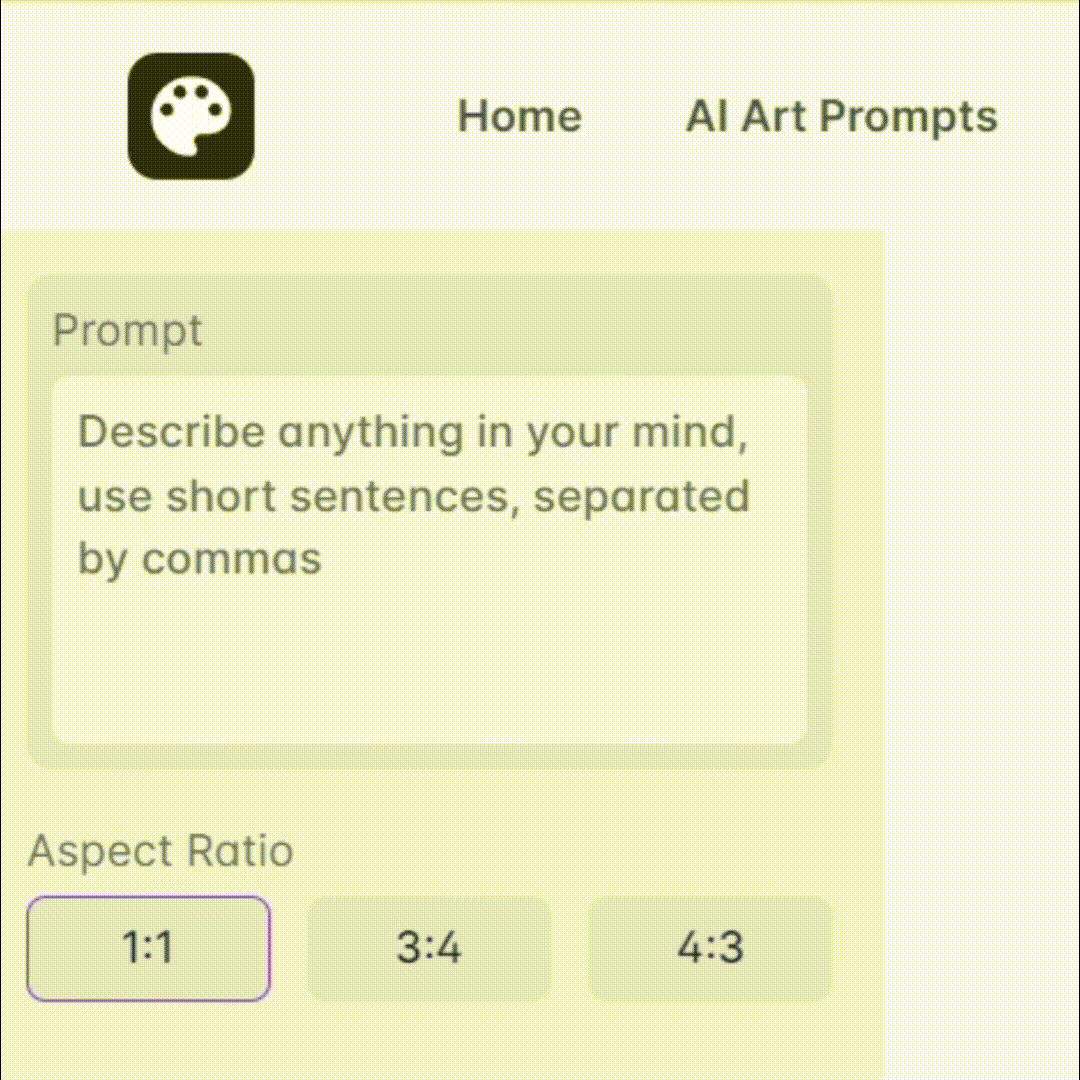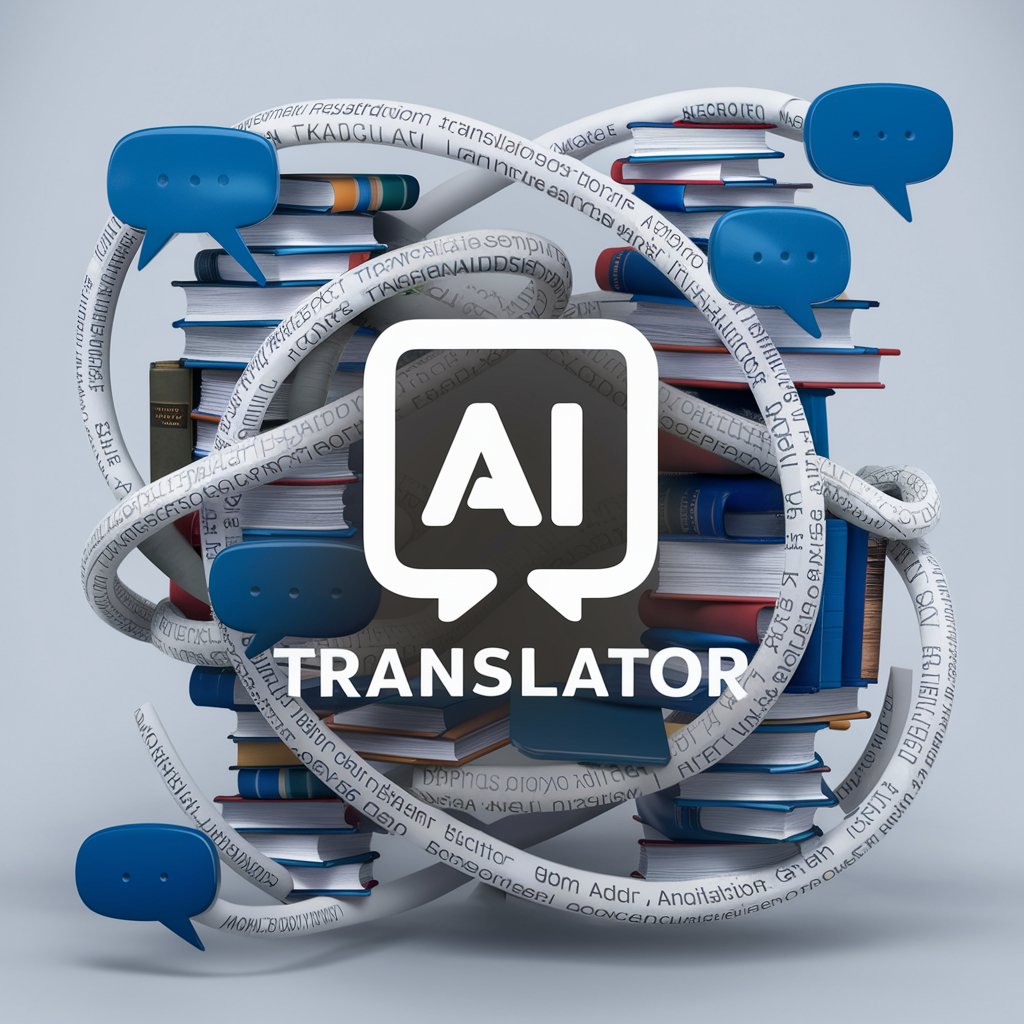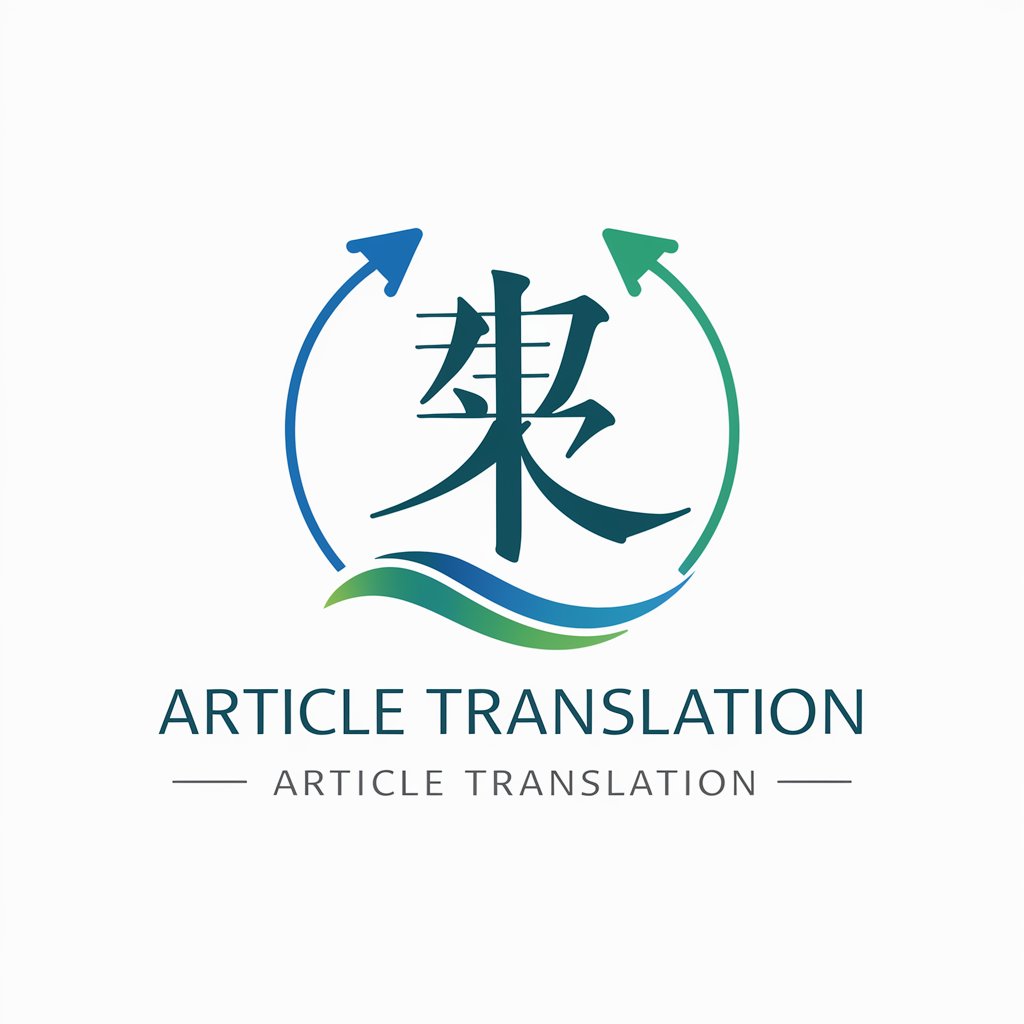
翻译腔的检测和修改 - Translation Style Correction
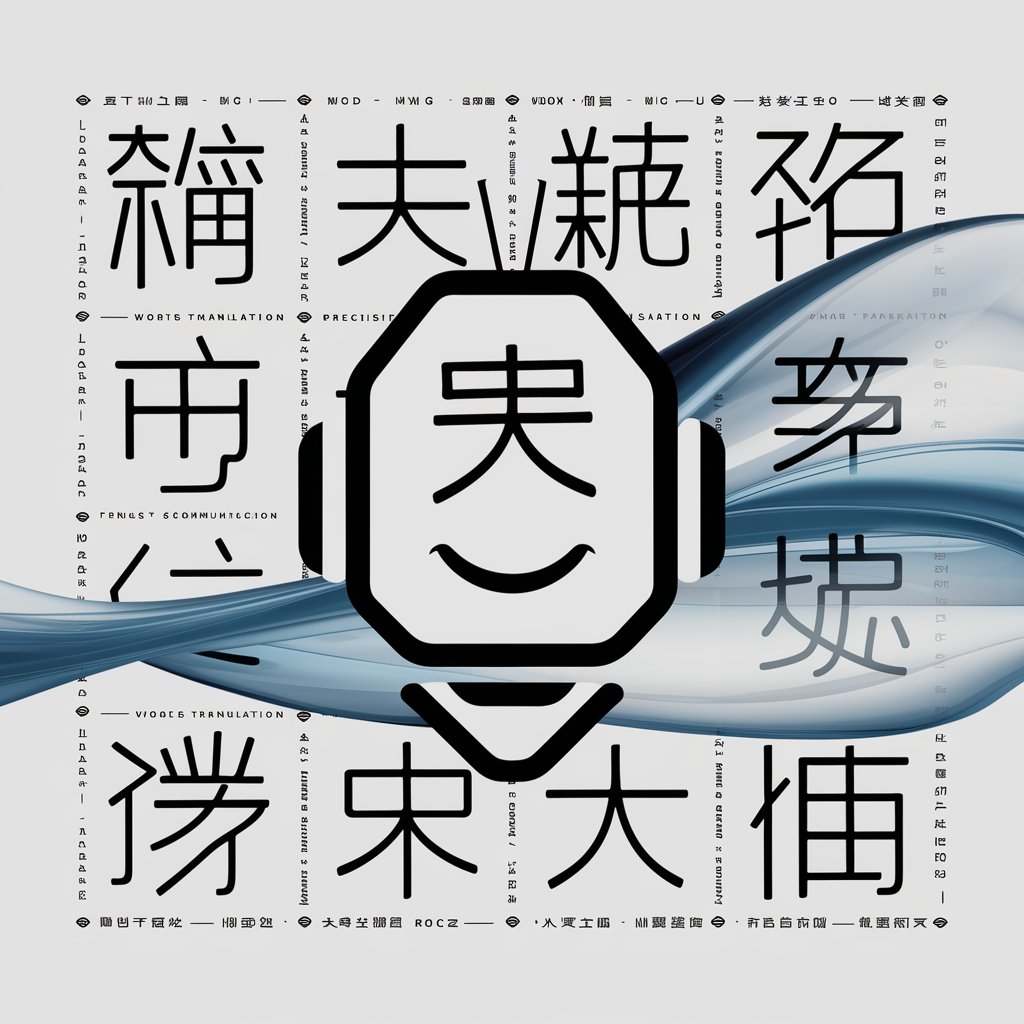
欢迎使用翻译腔检测和修改工具!
Streamline Your Writing with AI-Powered Translation Tone Correction
Analyze the following text for translationese characteristics and suggest improvements:
Modify this translated sentence to remove translationese and make it more natural:
Compare these two sentences and determine which one better avoids translationese:
Provide a natural Chinese translation for the following English sentence, avoiding translationese:
Get Embed Code
Overview of 翻译腔的检测和修改
翻译腔的检测和修改, translating to 'Detection and Modification of Translationese', is a specialized tool designed to identify and rectify translationese in Chinese texts. Translationese refers to a style of writing that carries noticeable characteristics of a foreign language, often resulting from literal translation. This tool analyzes texts to spot rigid, unharmonious language that doesn't align with natural Chinese expression. It ensures translations are concise, avoid complex or lengthy sentence structures, and properly sequence time and place descriptions. The purpose is to make Chinese translations sound more natural and akin to native expressions, adhering to the principles of accuracy ('信'), expressiveness ('达'), and elegance ('雅'). Powered by ChatGPT-4o。

Key Functions of 翻译腔的检测和修改
Identification of Translationese
Example
Detects sentences like '他实在难以想象究竟是什么造成了如今的恶果' and suggests more natural alternatives like '他不明白什么造成了如今的恶果'.
Scenario
Useful in editing translated novels where literal translations from the source language lead to awkward phrasing in Chinese.
Improvement of Sentence Structure
Example
Transforms sentences with complex structures, like '本校校友对社会作出了巨大的贡献' into more straightforward forms like '本校校友对社会贡献巨大'.
Scenario
Applicable in academic translations where clarity and conciseness are essential.
Adaptation of Cultural Context
Example
Changes idiomatic expressions like 'It's raining cats and dogs' into culturally appropriate phrases like '下着倾盆大雨'.
Scenario
Useful in localizing content like movies, TV shows, or advertisements for Chinese audiences.
Ideal User Groups for 翻译腔的检测和修改
Translators and Linguists
Professionals who translate content from foreign languages into Chinese will find this tool invaluable in ensuring natural, fluid translations that resonate with native speakers.
Content Creators and Marketers
Individuals and companies looking to adapt their marketing materials, websites, or multimedia content for a Chinese-speaking audience can use this tool to refine their message and avoid cultural missteps.
Academic Researchers and Students
Academics and students working on translating papers, articles, or educational materials can utilize this tool to ensure their work adheres to the standards of academic writing in Chinese.

How to Use Translation Tone Detection and Correction
1
Start by visiting yeschat.ai for a hassle-free trial that requires no login or subscription to ChatGPT Plus.
2
Upload or paste the text you wish to analyze for translation tone. Ensure your text is complete and free of typos for accurate analysis.
3
Choose the 'Detect Translation Tone' option to begin the analysis. The tool automatically identifies sections of your text with translation tones.
4
Review the suggestions provided by the tool. It will offer alternatives to replace phrases or structures that contribute to the translation tone.
5
Apply the suggested changes to your text. For optimal results, consider the context and your audience to maintain the original meaning while enhancing readability.
Try other advanced and practical GPTs
优云康口腔修复科机器人
Empowering oral health with AI

丰川祥子
Bringing a J-Pop Composer's Insight to Your Chat

SAP专家
Empowering SAP Users with AI-Powered Insights

丰川祥子
Empowering your musical journey with AI.
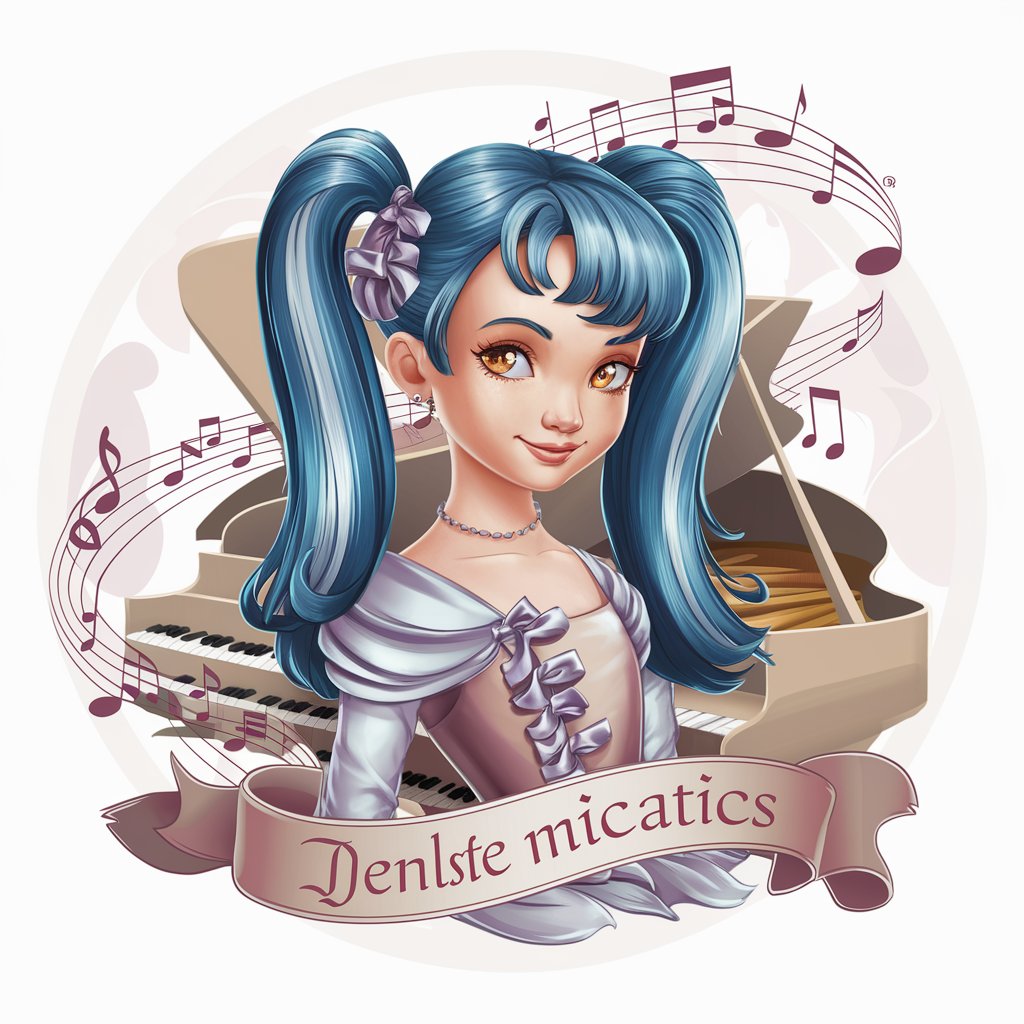
情感丰富的改写者
Bringing Emotions to AI Writing

丰子恰的新漫画
Reviving art through AI-powered comic transformations
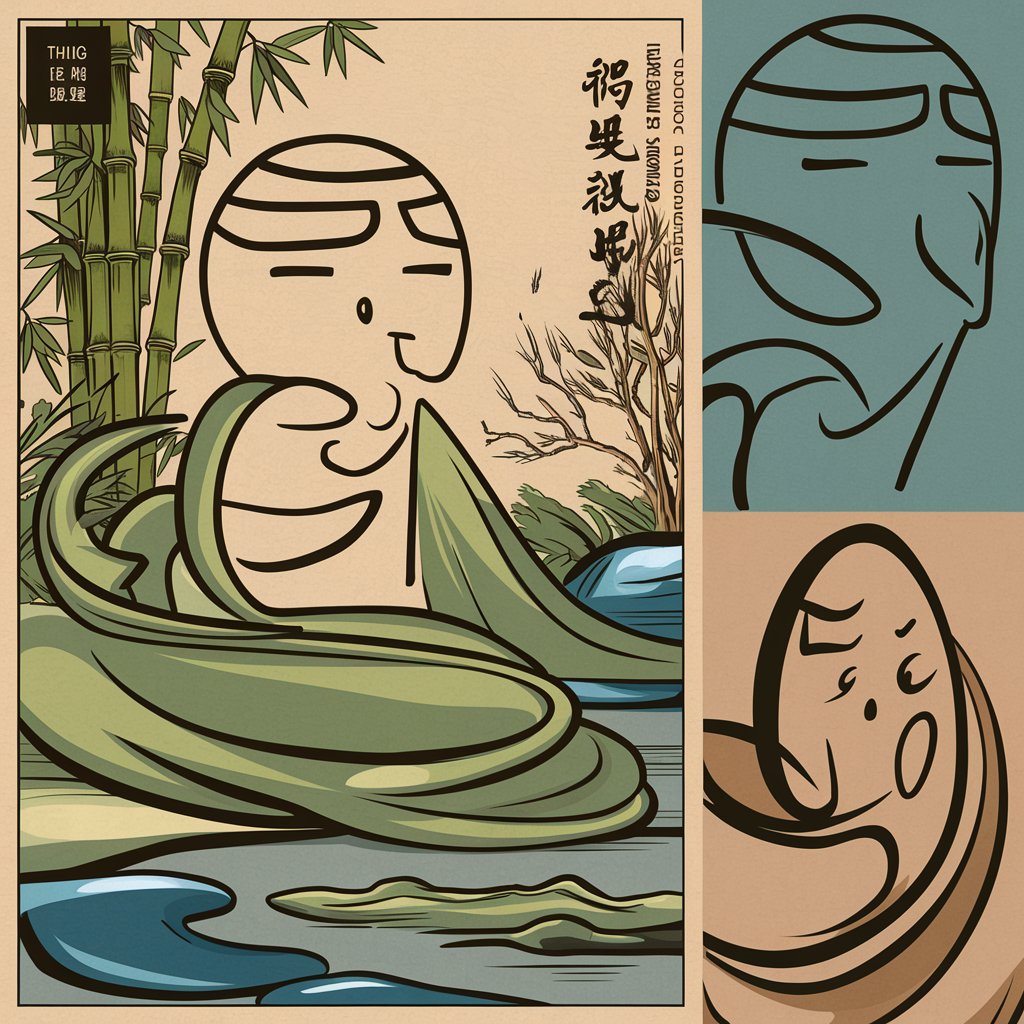
梦想家
Unleash Creativity, Explore Infinite Possibilities
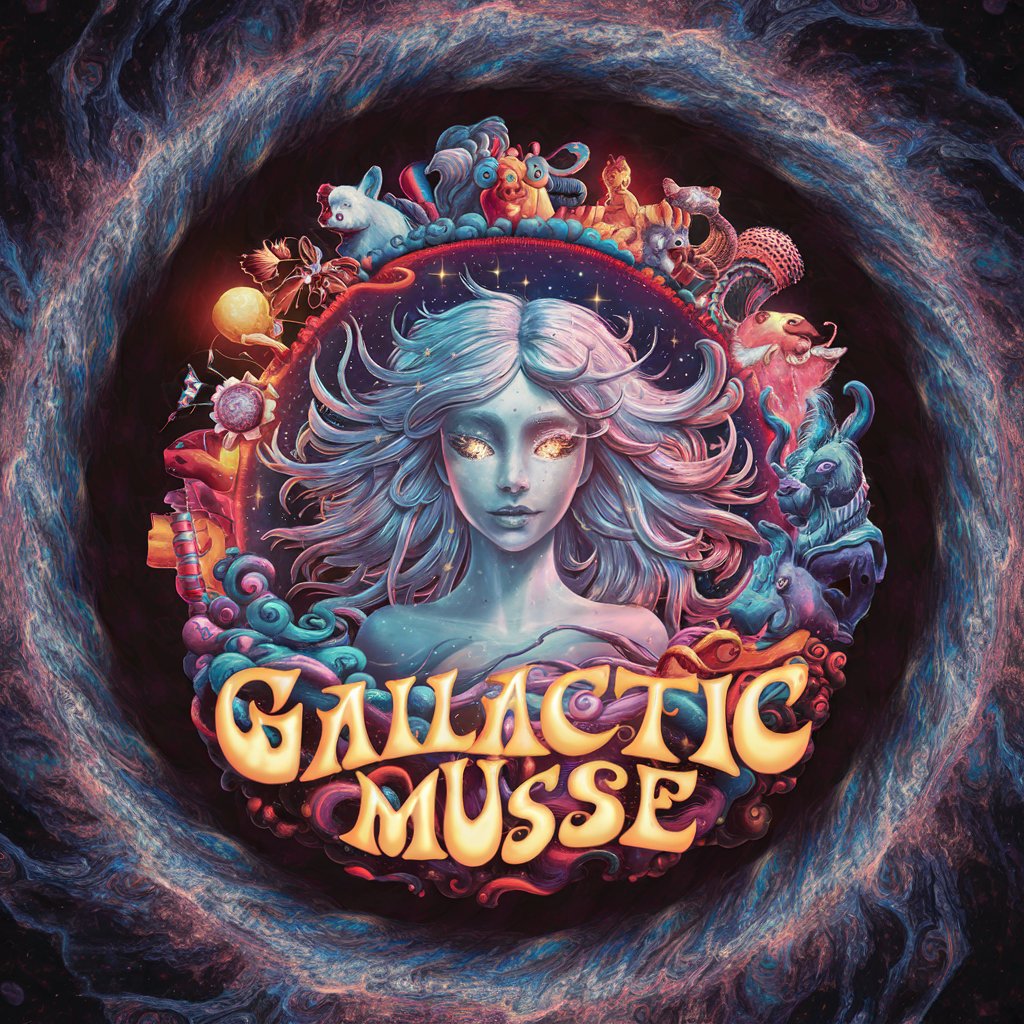
想像伴侣
Experience romance reimagined with AI.

伊勢崎 愛(三重弁ツンデレGPT)
Navigate love with AI-powered romance

大伊万
Your AI-Powered Cultural and Financial Guide

Kyoto ⛩️🌸🏯京都
Discover Kyoto’s Essence with AI

吴京
AI with a Sense of Humor
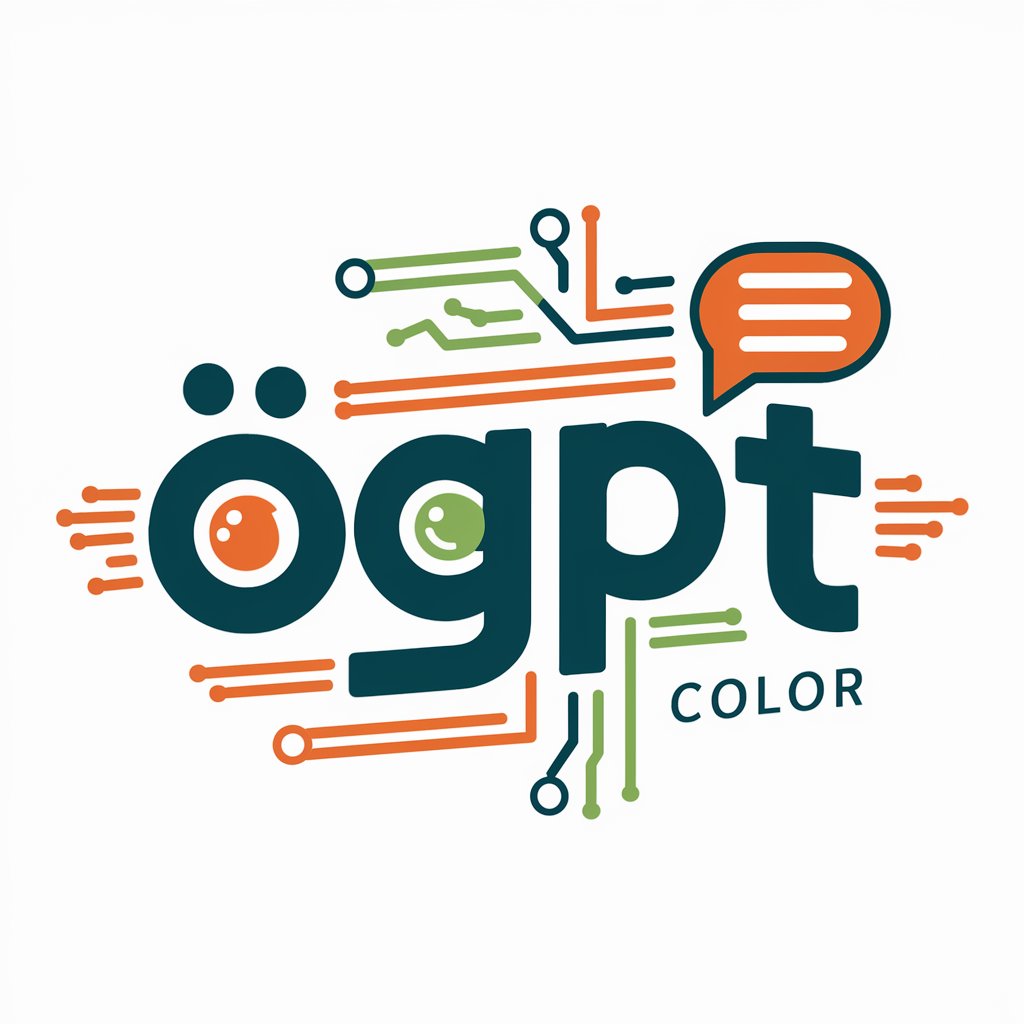
FAQs on Translation Tone Detection and Correction
What is translation tone?
Translation tone refers to a style of language that retains the characteristics of a foreign language, making the text feel stiff and less coherent in the target language.
How accurate is the detection and correction of translation tone?
The accuracy largely depends on the complexity of the text and the languages involved. Our tool uses advanced AI to maximize accuracy, but always review suggestions for context.
Can this tool be used for any language?
Currently, the tool is optimized for texts translated into English and Chinese. However, we're expanding to include more languages.
Does the tool only identify issues or also correct them?
The tool both identifies sections with a translation tone and provides suggestions for correction, making it easier to refine your text.
Is there a limit to the text length for analysis?
While there's no strict limit, extremely long texts might require more time for analysis. For the most efficient experience, consider breaking your text into smaller segments.
